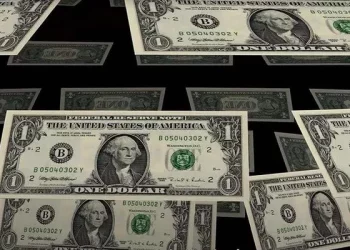The Indian Rupee (INR) experienced weakness on Thursday, influenced by ongoing sales of the US Dollar (USD) by local corporations, foreign investments in Indian stocks and bonds, and a stronger Chinese Yuan. However, rising crude oil prices and a risk-averse environment may counteract these supportive factors for the INR.
Traders are keenly awaiting speeches from Federal Reserve (Fed) officials, including Chair Jerome Powell, as any indications of a potential 50 basis point rate cut in November could negatively impact the USD against the INR. Later today, the final US Gross Domestic Product (GDP) Annualized for Q2 will be released, followed by key Personal Consumption Expenditures (PCE) data on Friday.
In its latest forecast, the Asian Development Bank (ADB) projects India’s economy to grow at 7.0% in fiscal year 2025 and 7.2% in fiscal year 2026, maintaining previous estimates. Conversely, Moody’s Analytics suggests that India’s slowing economy will drag down growth across the Asia-Pacific region, with expectations of 6.5% growth in 2025, down from an estimated 7.1% for 2024.
Technical analysis shows a bearish outlook for the USD/INR pair, remaining below the 100-day Exponential Moving Average (EMA). The 14-day Relative Strength Index (RSI) is near 38.35, indicating continued selling pressure. A sustained downtrend could push USD/INR toward the September 23 low of 83.44, with a break below potentially targeting the psychological level of 83.00. Conversely, a decisive move above the 100-day EMA at 83.62 could see a rally towards resistance at 83.75 and further up to 84.00.
Related Topics:

























